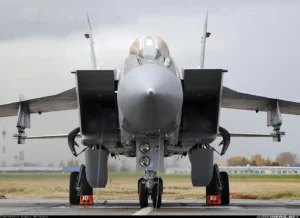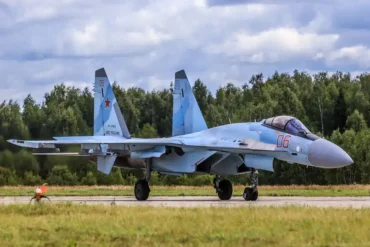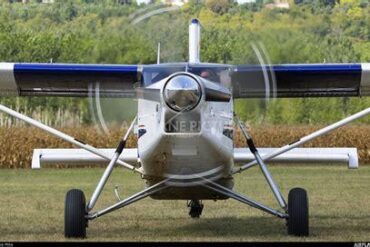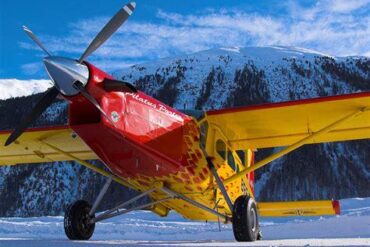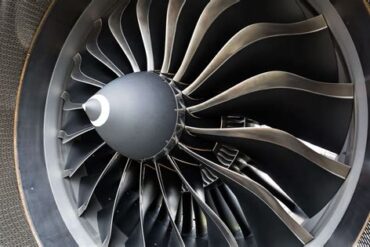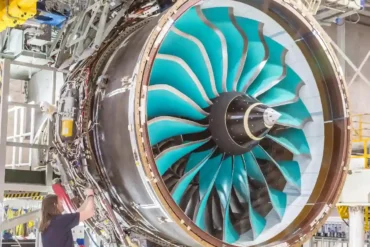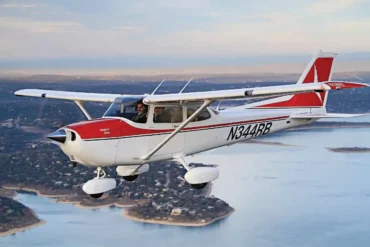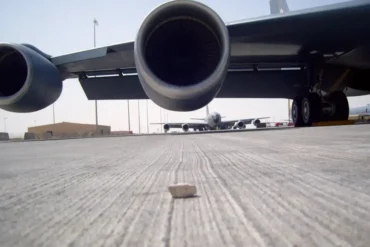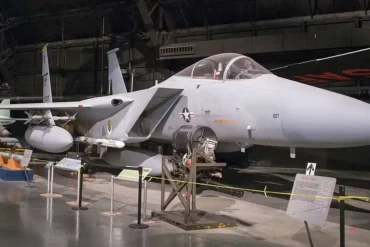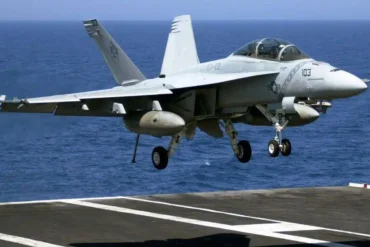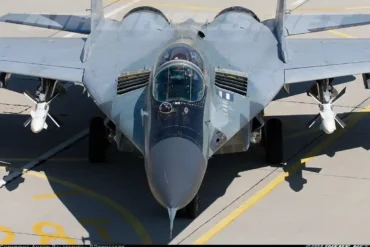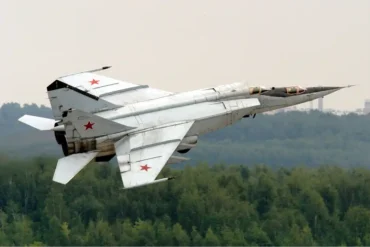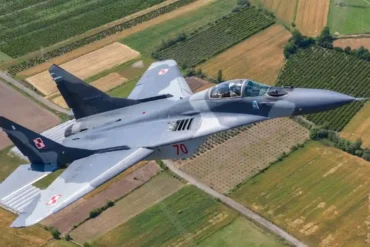The Aerodynamic Significance of Forward-Slanted Intakes
The distinctive forward-slanted engine inlets on the MiG-25 Foxbat and MiG-31 Foxhound represent a sophisticated engineering solution to multiple aerodynamic challenges. These supersonic interceptors feature this unique design characteristic to optimize performance across their impressive operating envelope.
High Angle of Attack Performance Enhancement
The primary advantage of forward-slanted inlets becomes apparent during high angle of attack (AoA) operations. When these aircraft pitch their nose upward, conventional vertical inlets would suffer from reduced airflow due to the fuselage blocking incoming air. The forward-leaning design ensures optimal air capture by presenting a larger effective intake area to the oncoming airstream.
During steep climbs, these slanted inlets maintain efficient engine breathing by:
- Increasing the exposed intake area to the relative airflow
- Reducing airflow distortion at high angles of attack
- Maintaining consistent engine performance during aggressive maneuvers
Area Rule Compliance and Drag Reduction
The forward-slanted intakes play a crucial role in implementing the area rule principle, a fundamental concept in supersonic aircraft design. This rule dictates that aircraft should maintain a smooth transition of cross-sectional area from nose to tail to minimize transonic and supersonic drag.
The gradual progression of the slanted intakes helps achieve:
- Smoother cross-sectional area distribution
- Reduced wave drag at transonic speeds
- Better overall aerodynamic efficiency
- Minimized shock wave formation
Comparative Analysis with Contemporary Aircraft
This design philosophy isn’t unique to the MiG series. Similar approaches are visible in other high-performance fighters including:
- F-15 Eagle: Features adjustable intake ramps
- Tornado: Employs fixed forward-slanted intakes
- Su-27: Utilizes similar intake geometry
- MiG-29: Incorporates forward-canted intake design
Engineering Benefits During Level Flight
Even during normal cruise conditions, the forward-slanted intakes provide advantages:
- Improved boundary layer management
- Enhanced pressure recovery
- Better airflow characteristics at various speeds
- Reduced interference drag
Supersonic Performance Optimization
At supersonic velocities, these inlets demonstrate their full potential by:
- Managing shock wave formation
- Maintaining efficient air compression
- Providing stable airflow to the engines
- Reducing overall drag coefficient
Operational Advantages in Various Flight Regimes
The design proves particularly beneficial during:
- Rapid altitude changes
- High-speed interceptor missions
- Combat maneuvers requiring high AoA
- Sustained supersonic flight
Technical Implementation and Design Considerations
The implementation of forward-slanted inlets requires careful consideration of:
- Structural integrity
- Manufacturing complexity
- Maintenance accessibility
- Weight distribution
Impact on Aircraft Capabilities
This design feature significantly contributes to the aircraft’s:
- Maximum achievable speed
- Operational ceiling
- Combat maneuverability
- Overall mission effectiveness
Modern Applications and Future Developments
Contemporary aircraft designers continue to build upon these principles, incorporating:
- Advanced computational fluid dynamics
- Modern materials technology
- Improved manufacturing techniques
- Enhanced inlet control systems
The legacy of these forward-slanted inlets continues to influence modern aircraft design, demonstrating the enduring value of this aerodynamic solution. Their implementation on the MiG-25 and MiG-31 represents a crucial advancement in supersonic aircraft design, contributing to these aircraft’s remarkable performance capabilities and operational success.
Conclusion and Engineering Legacy
The forward-slanted engine inlets of the MiG-25 and MiG-31 exemplify sophisticated aerospace engineering solutions to complex aerodynamic challenges. Their design continues to influence modern aircraft development, proving the enduring value of this innovative approach to high-speed aircraft design. This engineering feature remains a testament to the advanced thinking of Soviet aerospace engineers and their contribution to aviation technology.
